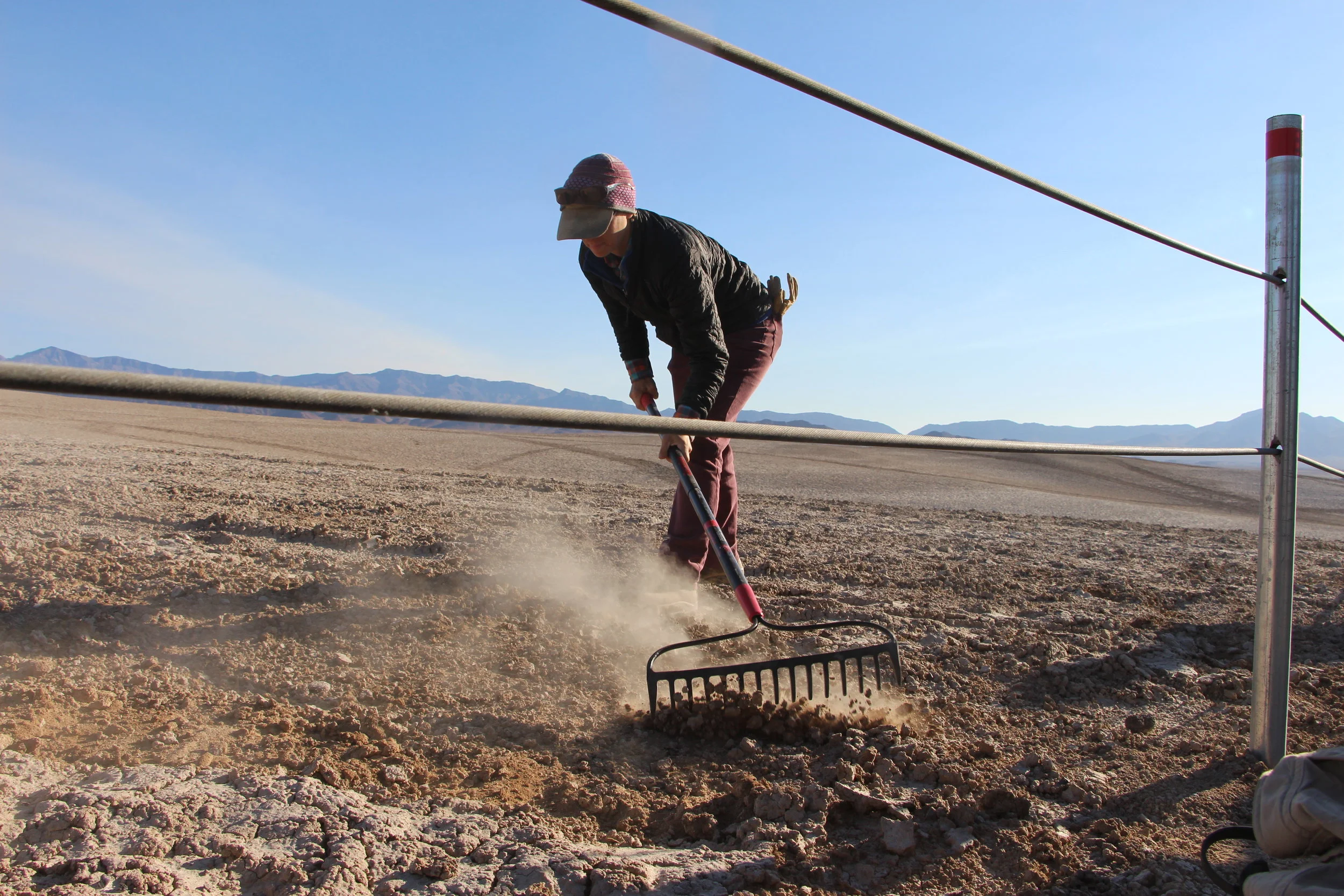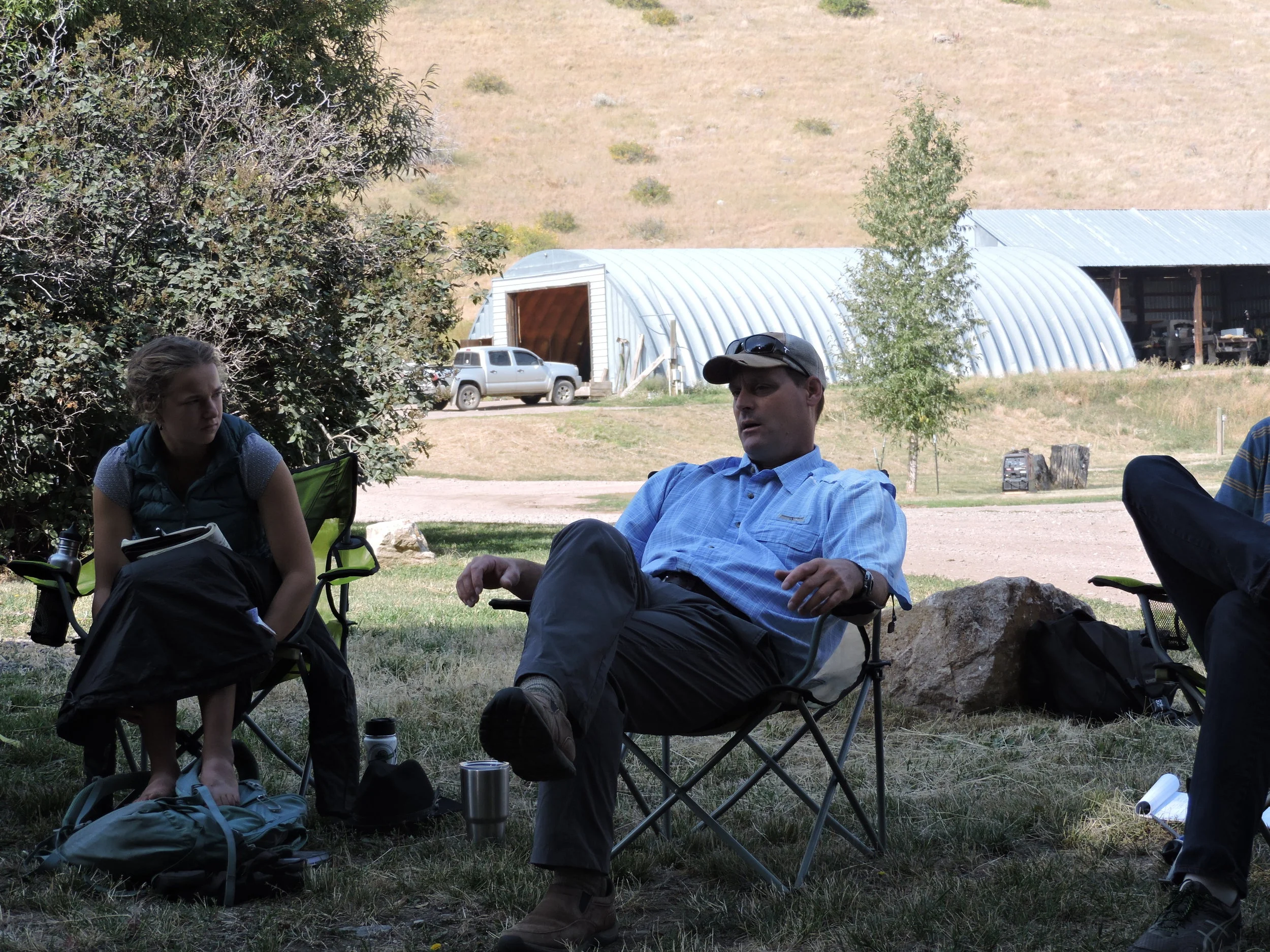Susan Sorrells
Town Manager
Shoshone, CA
11/12/18
“We were just scrambling, those of us who wanted to stay, to have some kind of economic base… We consciously made the decision to move from tourism to eco-tourism.”
Susan Sorrells, born and raised in Shoshone, California, is now the leading force in bringing environmental and economic life back into the small town of. After the closure of railroad and mining industries which once brought riches to the town, Shoshone is now revising its priorities. “It’s a clean slate, so to speak…it was a mining area historically, so for a long time (environmental) places weren’t valued…Most of us are here because we love the land…we revel in being a community that interacts and supports one another, and we’re hoping to incorporate healthy communities into our environmental work that we do.”
Partnering with the Amargosa Conservancy, Susan’s hopes for environmental consciousness and eco-tourism have come alive. Just within the last decade, the accidental discovery of natural springs and endangered Shoshone Pupfish on Susan’s land have led to wetland restoration and legally protected environmental sanctuaries for multiple threatened species. “Those of us here really have an opportunity to mold how we so call ‘develop’…in Shoshone, we’ve chosen to develop by incorporating the natural resources,” says Susan, excited and proud of how far the town has come.
By Hannah Morel
Photos by Amara Killen






